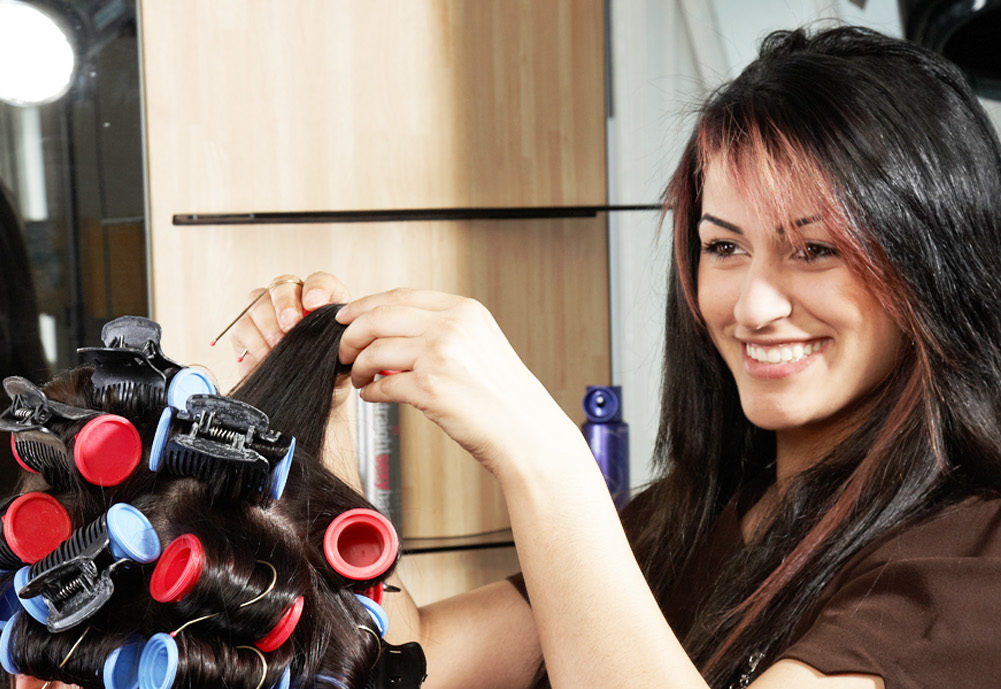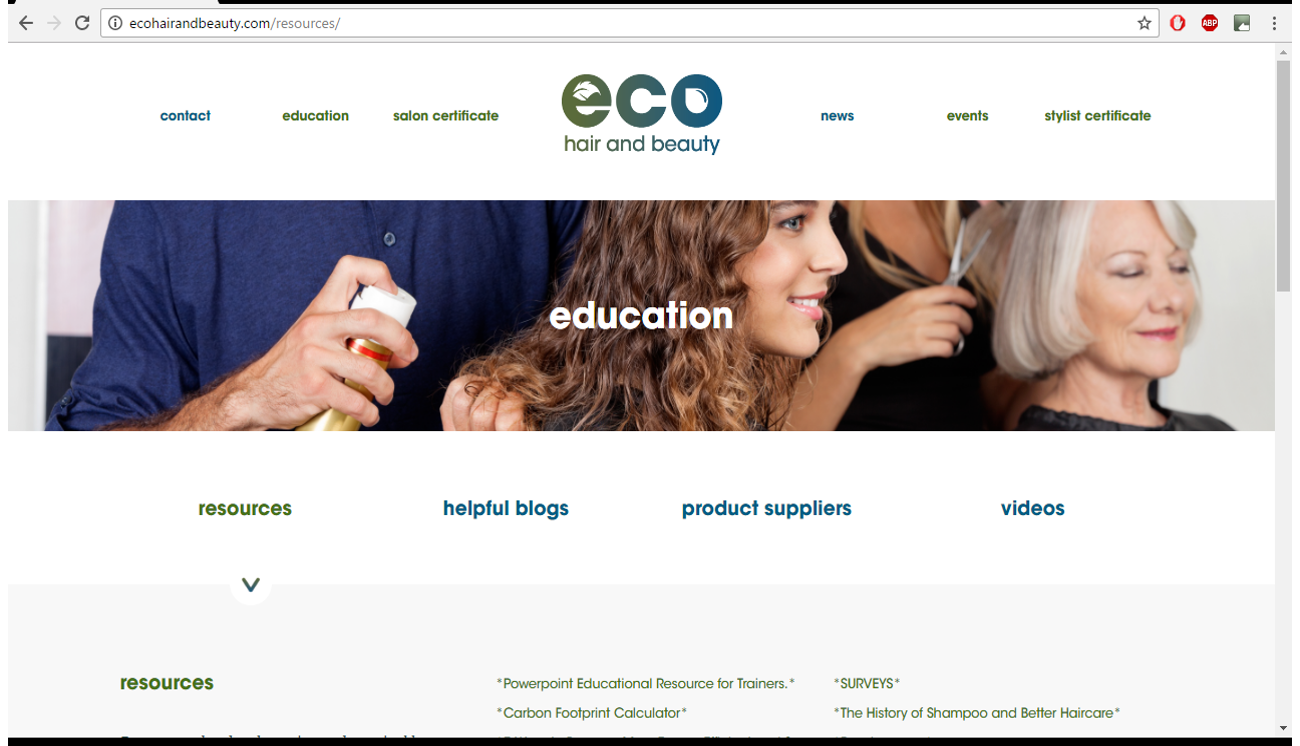There have been a number of reports linking miscarriage and birth abnormalities to the use of nail enhancements.
A client that is pregnant is unlikely to be affected, other than the fumes making them feel nauseous particularly if they have been suffering from morning sickness and a heightened sense of smell. Pregnant woman also tend to find that their skin changes and they have an increased risk of allergy or sensitivity to the products applied, even if they have been using them for years.The risk is more for the pregnant nail technician who may be applying nail enhancements all day every day, being exposed to the fumes and chemicals may make them feel unwell, there have been reports that there could be an increase in risk of miscarriage, low birth weights or birth defects. https://www.nytimes.com/2015/05/11/nyregion/nail-salon-workers-in-nyc-face-hazardous-chemicals.html?smid=fb-share&_r=0
There are other risks to nail enhancements that we are much more aware of such as respiratory problems, skin sensitivity and irritation e.g. dermatitis and cancer.
The toxic trio
The three main chemicals thought by scientists to cause the most issues are dibutyl phthalate (DBP), toluene and formaldehyde. DBP is listed as a ‘reproductive toxicant’ in Australia. Toluene is referred to by the US Environmental Protection Agency says that ‘it can impair cognitive and kidney function’ and that repeated exposure during pregnancy can ‘adversely affect the developing foetus’. Formaldehyde is a known carcinogen and is now banned within the European Union.
The European Union is banning these toxic ingredients, but in the United States there are very few that are prohibited. Therefore it is important that products used are purchased from reputable sources to ensure that correct and safe use is maintained at all times.
What to do
If you or your client is pregnant you should ensure that the area is well ventilated and if the smell is disturbing they may request a mask. It is important when using acetone to remove nail extensions to use the acetone directly on the nails rather than getting the client to soak their fingertips in the acetone to reduce the amount of skin contact with the skin. Hands should be washed thoroughly afterwards. Tissues under the clients hands should be changed frequently throughout application and removal to ensure that there is a lower risk of an allergy occurring.
As a nail technician you need to ensure that your working area is suitable. With reference to the HSE document SR13 which links directly to nail bars, it is important to ensure that there is effective ventilation with a through draft. Odour should be controlled through the use of an extractor hood or a down draught table. Personal protective equipment should be used correctly. Protective single use gloves should be used for handling nail products and solvents and should be disposed of every time they are taken off. Masks may be used but should not be used as an alternative to effective ventilation as they have been proven to be completely ineffective against vapour inhalation, however they can help protect against direct inhalation of larger dust particles. All contamination needs to be washed off the skin as soon as possible.
Further information can be found in the following documents.
http://www.hse.gov.uk/pubns/guidance/sr13.pdf
http://www.habia.org/PDF/standards-quals/Code_of_Practice_for_Nail_Services.pdf
VTCT have a number of Beauty Therapy courses on offer find out more here.



